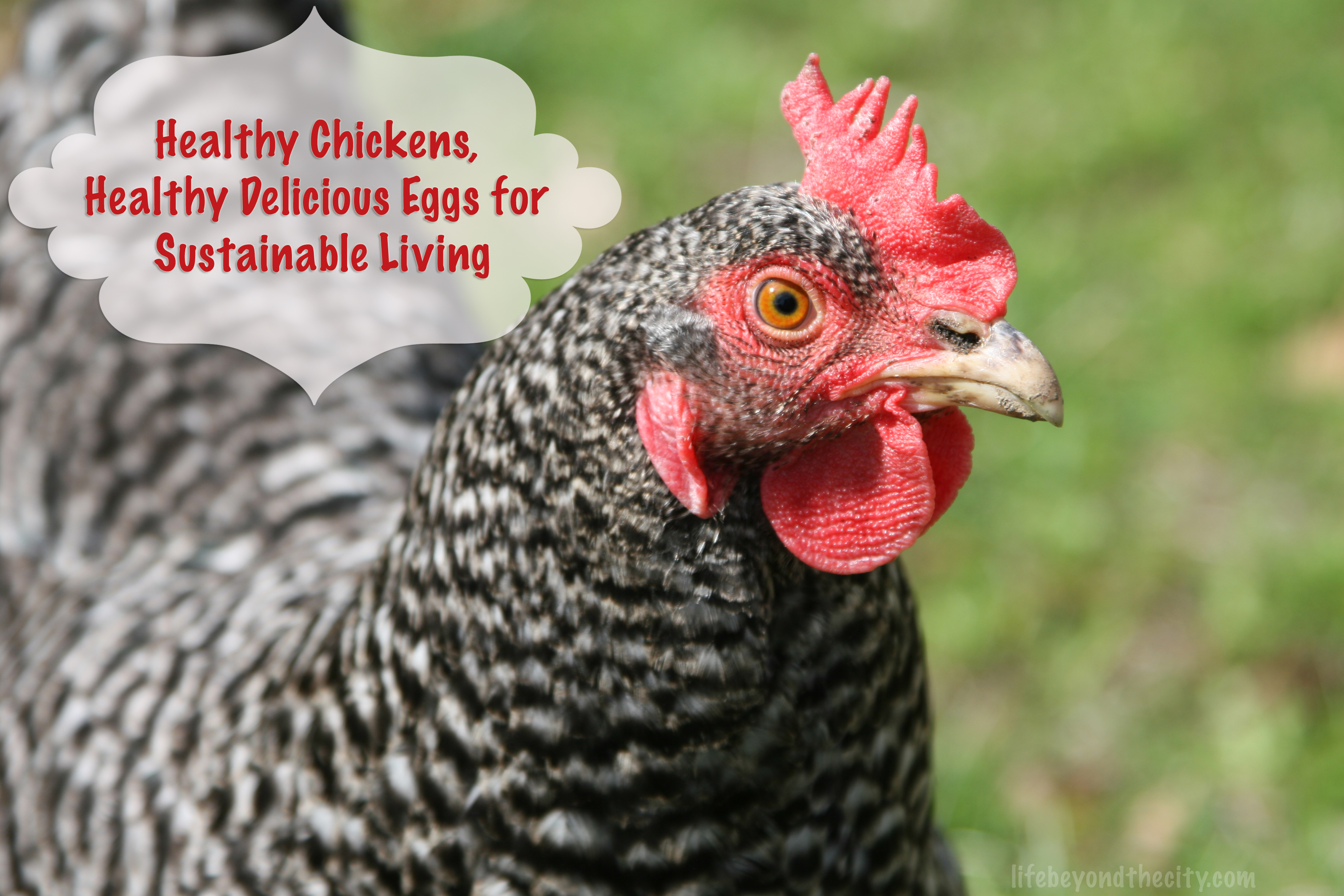
Raising a flock of laying hens was our first step to a self sustainable lifestyle. We are passengers of this planet and as of right now, we don’t have another good alternative home, and most of us are living on this planet as if we have another home to go to. This is my contribution to conscience living harmoniously with planet Earth.
A flock of chickens provides great food and free entertainment. They come in countless colors, shapes, and varieties, and there’s hardly a culture on the planet that doesn’t raise them. Keeping chickens will teach you basic livestock handling, and these hardy birds will amaze you with their individual character traits.
Raising chickens won’t break the bank. A handful of chicks will cost less than a large pizza and requires less effort than a house cat. They’re less work than pets and more fun than video games. Plus, they provide delicious, nutritious eggs.
Another great reason for keeping chickens is the quality of free range eggs. They are a lot more flavorful, the egg yolks are rich in color, proven to be lower in cholesterol and higher in several vitamins and omega-3 fatty acids, keeping you and yours healthier.
We currently have a flock of 6 adult laying hens and recently purchased 3 more chicks a couple weeks ago, 2 Barred Plymouth Rock, and 1 Polish Pullet . Raising chicks is easy. You don’t have to live out in the country to keep chickens. What you need is a little bit of research and a city ordinance that allows laying hens. There is quite a lot of people who have backyard chickens.
Before you begin your adventure to backyard chicken, you’ll need to plan for a few basic needs like housing, predator protection and supplies. You might want to think about other things like, are they going to be free range or are they going to stay in a chicken run.
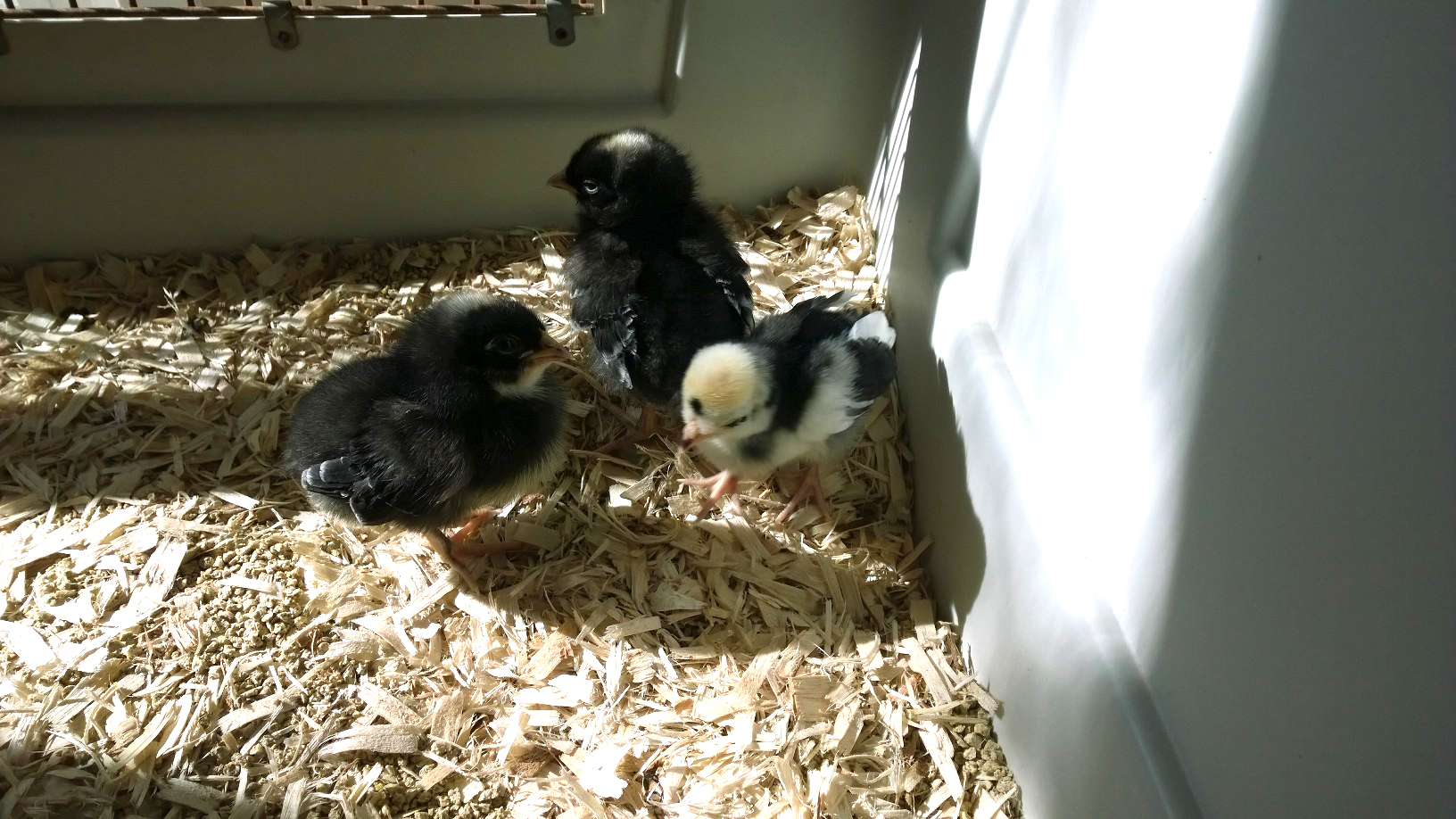 Before selecting your hens, you might want to do some research on the breeds. Some breeds are more domesticated than others. I went to my local feed store and purchased a book called “Storey’s Guide to Raising Chickens” by Gail Damerow. Out of all the books I scanned through this book was perfect for me. Not only did it help me pick out a breed for my personal needs, but it also helped me understand their nature and included details on how to care for them as Adults. At the time I wanted chickens that were not too loud, friendly to children, great layers, heat tolerate, and cold hardy.
Before selecting your hens, you might want to do some research on the breeds. Some breeds are more domesticated than others. I went to my local feed store and purchased a book called “Storey’s Guide to Raising Chickens” by Gail Damerow. Out of all the books I scanned through this book was perfect for me. Not only did it help me pick out a breed for my personal needs, but it also helped me understand their nature and included details on how to care for them as Adults. At the time I wanted chickens that were not too loud, friendly to children, great layers, heat tolerate, and cold hardy.
 My first flock I chose: 2 Barred Plymouth Rock. 1 Red Leg Horn (not very domesticated but friendly and a great layer), 2 Americanas, and 1 Light Brahma Bantam Pullet. Another great resource is www.backyardchickens.com . There is a ton of information on this site.
My first flock I chose: 2 Barred Plymouth Rock. 1 Red Leg Horn (not very domesticated but friendly and a great layer), 2 Americanas, and 1 Light Brahma Bantam Pullet. Another great resource is www.backyardchickens.com . There is a ton of information on this site.
You can’t just have one Chicken. These social birds need the company of at least one other bird to be content. I learned this the hard way when one of my Barred Plymouth Rock was injured and I had to separate her from the flock. Since then she’s been by herself. The flock hasn’t accepted her return. It always ends in a bloody mess. Now Dolly acts depressed, and is loosing her appetite. When I bring the new 3 baby chicks to her, she eats their food and can’t seem to get enough. I’ve learned to get a minimum of three chicks at a time. If one passes away, you’ll have two remaining chicks to keep each other company. Now that you’ve done your homework are you ready to get started?
HOW TO RAISE CHICKS
1. First and most importantly create a temporary brooder box. I used a sturdy cardboard box and placed it in my kitchen. The size of the box doesn’t matter as long as the chicks are not overcrowded, and there is enough space for exercise, food, and water. The wall should be high enough to prevent them from jumping out as they get older.
2. Use the correct flooring. The floor of the brooder box should be covered in a layer of pine or aspen shavings. This should be changed every couple of days and should never be damp.

3. Monitor temperature carefully. Start brooding temperatures at approximately 95° F and reduce it no more than 5°F each week until the brooder temperature is the same as ambient temperature or when they have fully developed their feathers around 5-8 weeks old.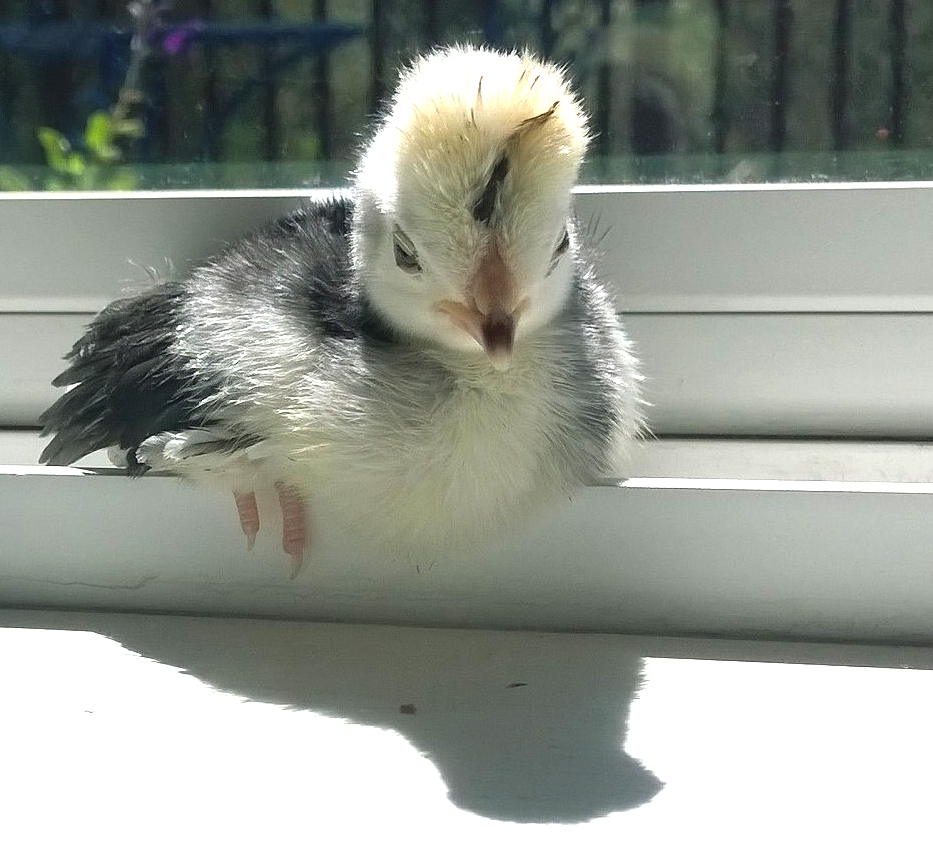
4. Make sure they have sufficient food and water. I gave my chicks starter feed. This is what they will eat until they lay an egg. You have the option to purchase a chick starter feed medicated or non-medicated. The decision is entirely yours. I also provided the chicks with grits to help with digesting the feed. It is essential that your chicks always have fresh clean water as it is important for the chicks to stay hydrated.
5. Play time! Chicks are curious. It is important that you interact with them. You want to encourage the chick to bond with you . The first large thing a baby chick sees is forever going to be its mama, this is called imprinting. They will follow you around just like little children. After a couple of weeks old I took them outside. It was a very warm day and all three little chicks followed me around the garden.


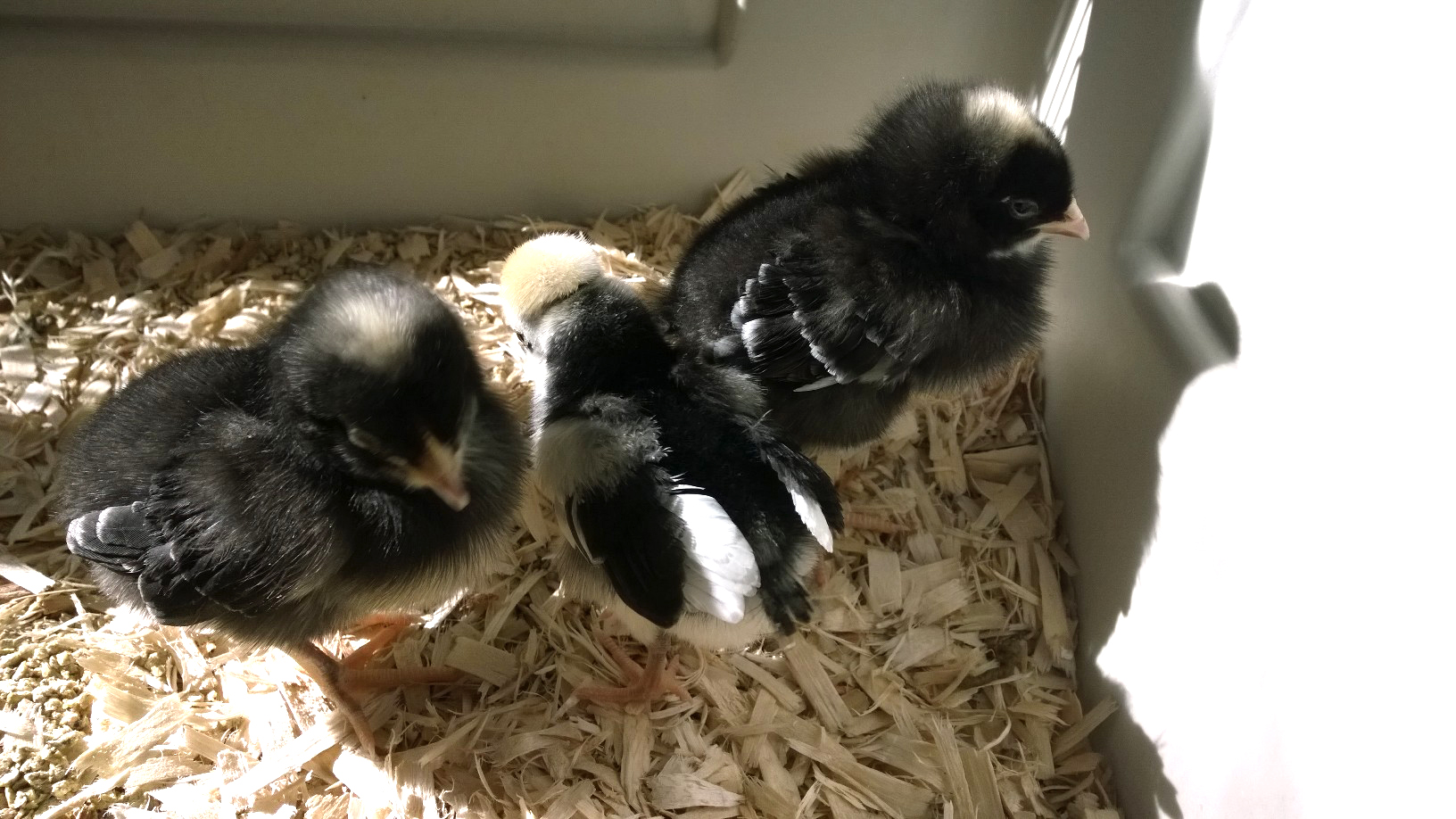
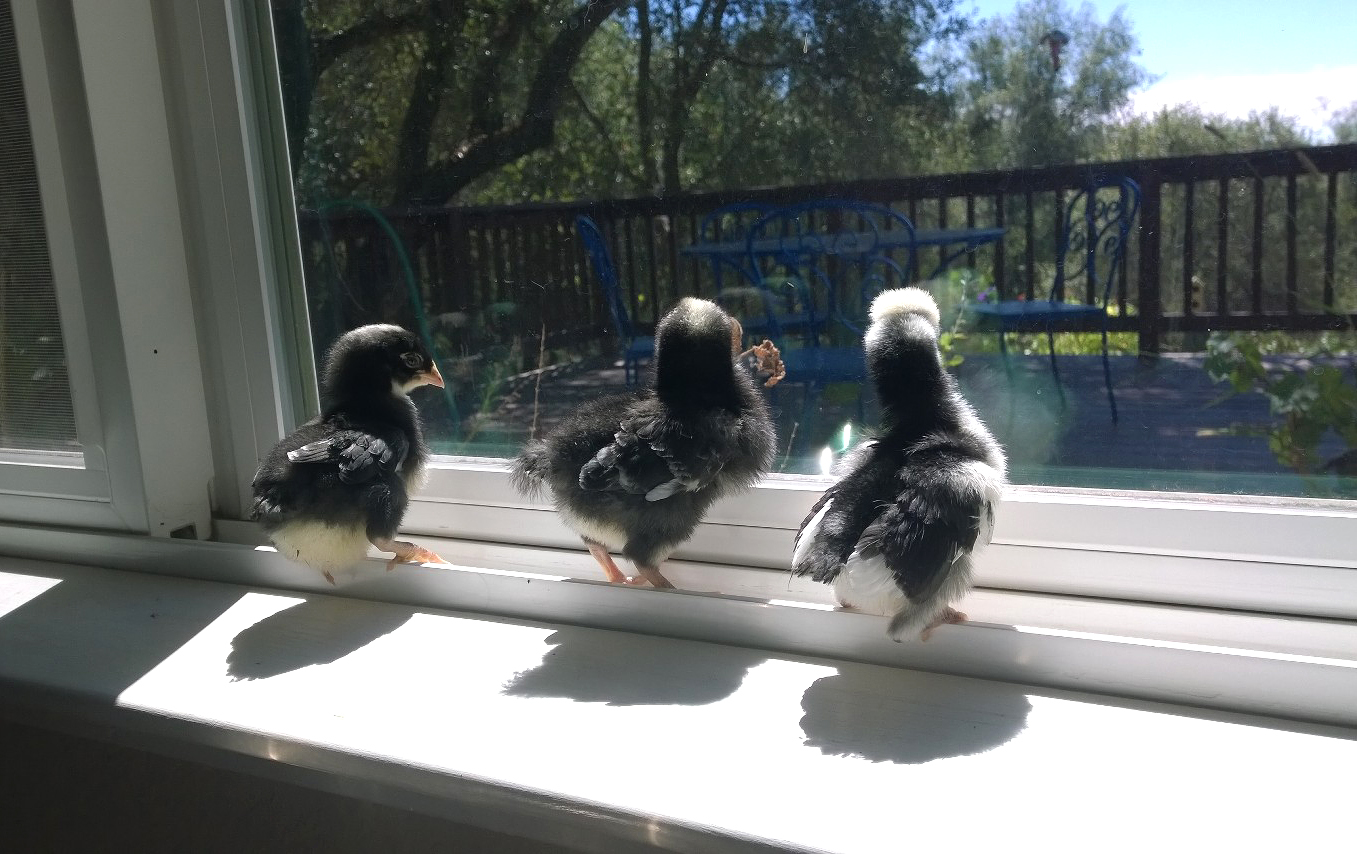


 Welcome to Life Beyond The City. A blog that encompasses so many of the things that I love and my quest for self sufficiency.
Welcome to Life Beyond The City. A blog that encompasses so many of the things that I love and my quest for self sufficiency.